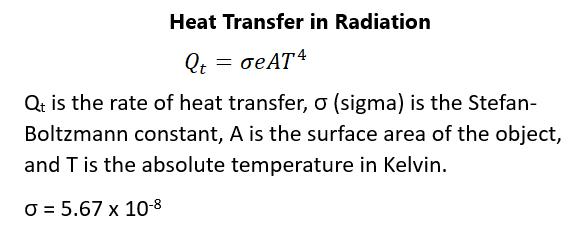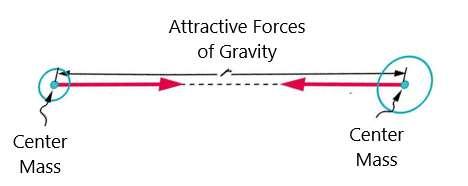(a vertical vector). If a ball is thrown, for example, it will have downward motion (affected by gravity) and horizontal motion (affected by the throwing horizontally). These motions will be independent of one another. The key to understanding the motion of a projectile is to break it into horizontal and vertical components so that its path in two dimensions can be determined. Later in this chapter, we well look at vector addition and subtraction so you can solve these types of problems using analytical and graphical methods. The important thing to remember so far is that the horizontal vector will be independent of the vertical vector—and vice versa.
VECTOR ADDITION AND SUBTRACTION VIA GRAPHICAL METHODS Remember that a vector has a magnitude and direction. The same is true of the vectors of force, displacement, velocity, and acceleration. In one direction, a vector can be positively-charged or negatively-charged. If two directions are involved, a grid system must be used so that there are coordinates along an x-axis and y-axis, which define the vectors. In such cases, you can use a graph to represent the displacement of an object or person. It is easy when using something like city blocks but coordinates can be used in any two-dimensional or three-dimensional system. In some cases, the angle will also be used to describe the vector in relationship to another vector. Figure 5 shows how to describe these vectors:
22




































































